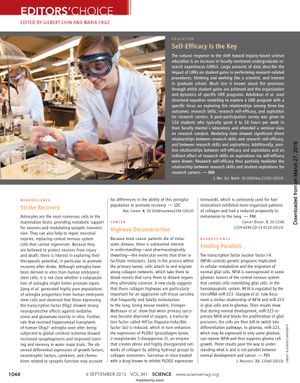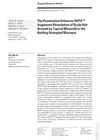Making Magnesium Magnificent
September 2013
in “
Science
”

TLDR Special astroglia cells improved stroke recovery in rats, a hair growth drug reduced cancer spread, and tiny magnesium structures were more easily shaped.
The document discusses several scientific findings, including a study by Jiang et al. on the therapeutic potential of astroglia derived from human embryonic stem cells for stroke recovery. The study found that a subpopulation of astroglia expressing the transcription factor Olig2 had neuroprotective effects against oxidative stress and glutamate toxicity in vitro. When transplanted into rats after cerebral ischemia, these cells promoted increased synaptogenesis and improved cognitive functions. Additionally, the document mentions a cancer study by Eisinger-Mathason et al., which showed that the drug minoxidil, commonly used for hair restoration, could inhibit the expression of PLOD2, an enzyme that facilitates metastasis in soft-tissue sarcoma, thereby reducing the cancer's ability to spread to the lungs. Lastly, the document briefly describes a materials science study by Yu et al. on the deformation behavior of magnesium at the nanoscale, revealing that below 100 nm, magnesium exhibited increased plastic deformation due to the activation of nonbasal planes, which could have implications for improving the ductility of materials with high plastic anisotropy.
